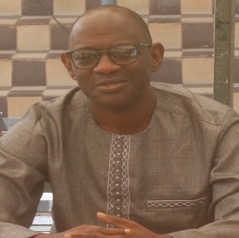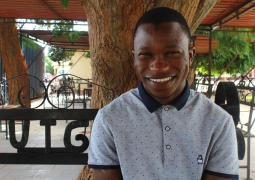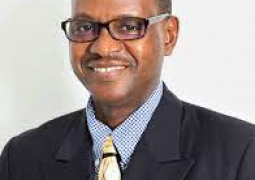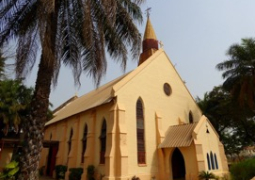
Why were the British interested in buying this piece of insular real estate in the middle of River Gambia?
First, the British wanted a hub for their trading and mercantile interests along the River Gambia where they have been present since the Elizabethan period of the 1500s through the Royal African Company. The British wanted a solid base on the River from where their firms could be secured from hostile competition by French traders and attacks from local chiefs.
Second, the British were under pressure to decongest Freetown, Sierra Leone, which had then received thousands of freed slaves. The settlement was no longer able to cope with the influx of freed slaves, and it was urgent that a new settlement be found to resettle them. Bathurst, on St. Mary’s Island which had been purchased in 1816, was also grossly small to receive all the freed slaves being brought over from Freetown.
The British had therefore intended that Janjanbureh become another ‘Freetown’ to save Bathurst from further pressure. Indeed, from the purchase to 1843, 1200 freed slaves , originally from Cameroon, Nigeria, Congo etc, were settled on the Island. Moreover, even before the arrival of the freed slaves on the Island, slaves in the hinterland would escape and swim across to the Island and benefit from the context of freedom brought along by the British! Which ever slave managed to reach the island was redeemed and free forever!
Third, the British were also eager to revive a 1788 Treaty which they had signed with Niani rulers to occupy Janjangbureh so that it could be used as a penal colony. This Treaty, which was renounced by the House of Commons when they learned that the Island was too hostile for habitation, made the 1823 Treaty easier to negotiate.
So what are we commemorating?
Freedom
Liberation and emancipation from enslavement
Homecoming
Return
Industriousness
Entrepreneurship
Tolerance
Culture
Heritage
Freedom and Liberation because soon after 1823, hundreds of freed or emancipated slaves arrived by ship to the new settlement and were camped temporarily at the middle of the Island now called Freedom Triangle where they stayed for a while before they were given plots of land to begin a new life. Not all the new immigrants arrived at one go, the ships came in regular intervals up to the 1840s. The new arrivals became a new group called Krio or Aku who continue to contribute to the progress of our country.
Homecoming because the freed slaves came from Africa; thus their resettlement on the Island was a kind of return and coming back home from the jungle of thralldom or enslavement. Harsh conditions such as poor soils, arrivals in rainy season when disease is rife and poor planning by the British exacted a heavy toll on the new arrivals. Many of them died, or escaped to Bathurst. But those who survived, became successful, got good Western education and became clerks and efficient players in The Gambia administration before and after independence.
Industry and entrepreneurship, because the new arrivals started with nothing as refugees. They were given only plots of land and had to start to build a new life. They became farmers, professionals, priests, traders and were harbingers of Western education in the Gambia. The Island produced the first educated elite in rural The Gambia. In 1982, the Island had 3500 inhabitants and about 5 percent of them were descendants of the freed slaves or Krio.
Tolerance, because the new arrivals became good guests who adapted and integrated and lived in peace with their hosts, and the British colonial authorities. Most of the freed slaves became Methodists, who lived side by side with Muslims and traditionalists. The Church built for them in 1835 remains to this day on the Island as the beacon of Christianity in The Gambia. Fulani herdsmen crossed to search for grazing land on the Island; and Muslims also crossed into the new British settlement to runaway from the non-Muslim rulers like Kemintang Kamara, King of Niani until 1843.
Over the centuries that have passed since 1823, the settlement grew into a cosmopolitan centre of commerce, education and administration. Akus, Syrians, Lebanese, Wolofs, Mandinka, Fula, Europeans lived side by side buying and selling, groundnuts, textile, grains etc. In 1841, the population on the settlement had risen to 1500, from 500 when it was established in 1823.
In 1930 alone, 30,000 tons of ground nuts were exported from the Island’s wharf by ocean going vessels and lighters.
We are also celebrating culture and history. The settlement became the home of Kankurang, and the first government school in rural Gambia and was for a period the capital of The Gambian Protectorate. The Island has relics that symbolize its rich history such as the Governor’s House and its well planned streets created in 1836 and named like Tudor Street, Queen Street, Jones Street, Macaulay Street, Findlay Street etc.
Any performance should try to reflect the above in dance, drama, skit, poetry, song etc.





